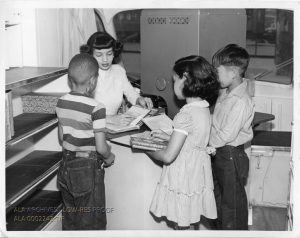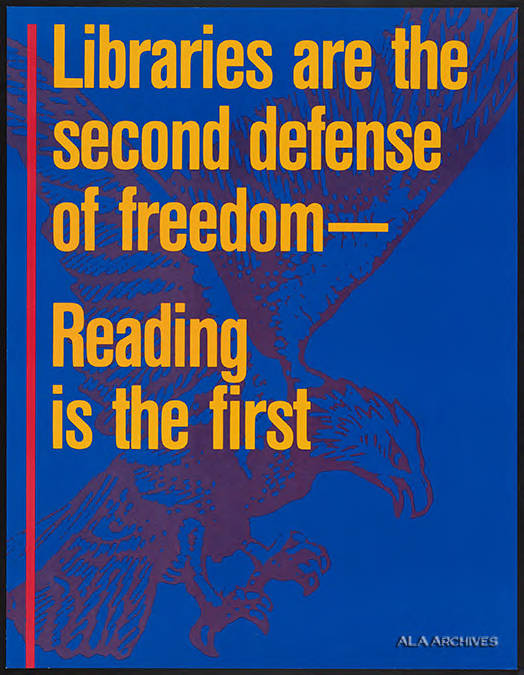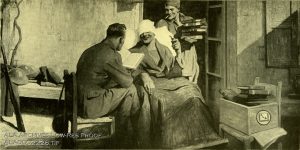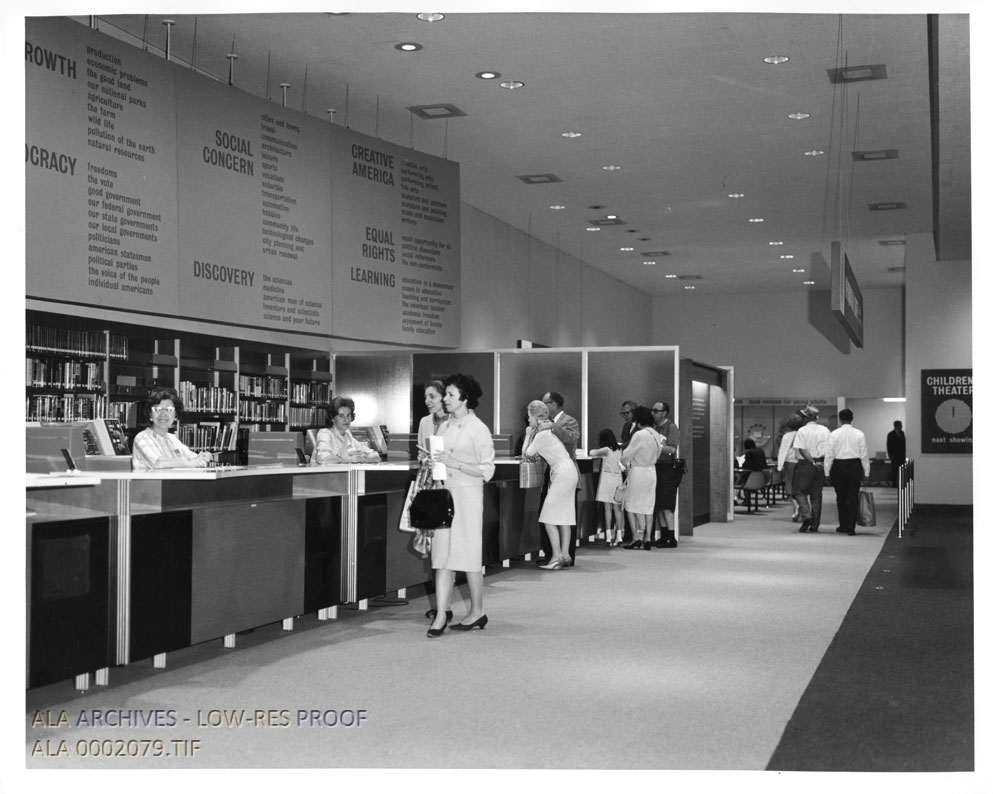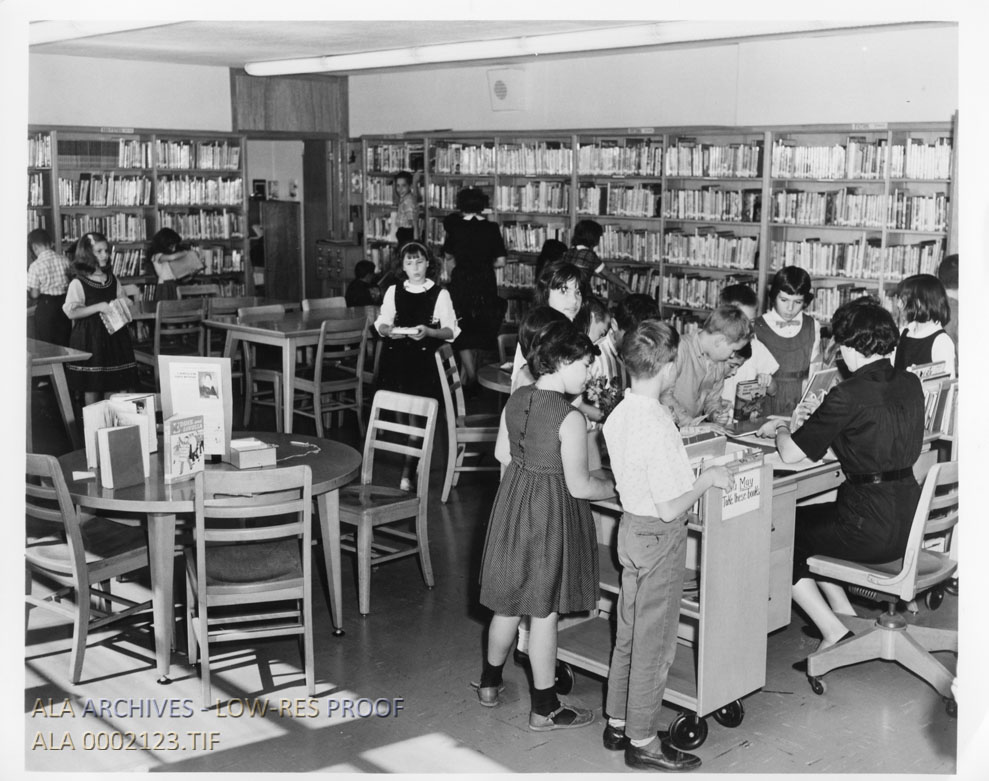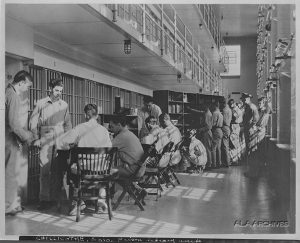
Sponsored by the National Book Committee, Inc., and in cooperation with the American Library Association, the first National Library Week was launched on March 16-22, 1958. Citing a 1957 survey showing that only 17% of Americans polled were reading a book, the inaugural National Library Week slogan was “Wake Up and Read!” The National Library Week initiative was the first nationwide effort to promote literacy for personal and national improvement, to celebrate the role of libraries in making reading materials accessible to everyone, and to highlight the varied career opportunities available within the library profession.[1]
Continue reading “National Library Week: “For a Better-Read, Better-Informed America””
